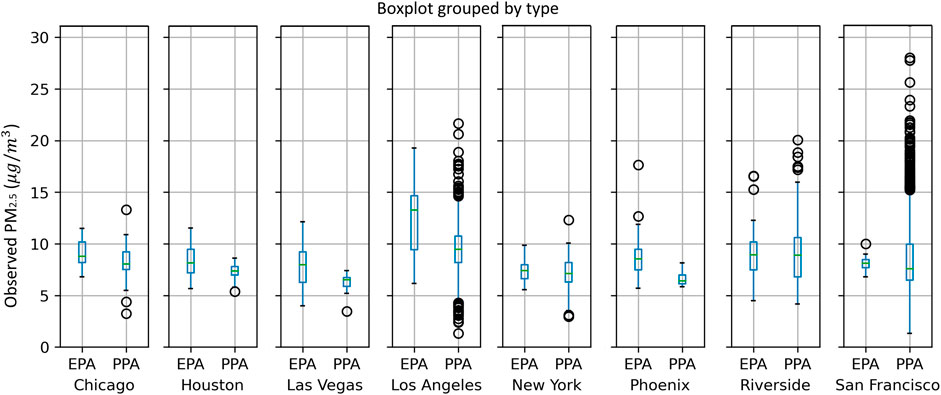2023-08-15 テキサス大学オースチン校(UT Austin)

Spectroscopic observations reveal that Maisie’s galaxy, named after Steven Finkelstein’s daughter, was detected 390 million years after the Big Bang. That makes it one of the four earliest confirmed galaxies ever observed. Credit: NASA/STScI/CEERS/TACC/The University of Texas at Austin/S. Finkelstein/M. Bagley.
◆この「メイジーの銀河」はビッグバン後約3億9000万年に存在していたことが明らかになりました。この成果は、最も早期の銀河の1つとして確認されました。この銀河の特異な青い光や輝度の点での解析も行われ、初期の宇宙における銀河の形成に関する洞察が得られました。
<関連情報>
- https://news.utexas.edu/2023/08/15/astronomers-confirm-maisies-galaxy-is-among-earliest-ever-observed/
- https://www.nature.com/articles/s41586-023-06521-7
宇宙初期における非常に明るい銀河の確認と反証 Confirmation and refutation of very luminous galaxies in the early universe
Pablo Arrabal Haro,Mark Dickinson,Steven L. Finkelstein,Jeyhan S. Kartaltepe,Callum T. Donnan,Denis Burgarella,Adam C. Carnall,Fergus Cullen,James S. Dunlop,Vital Fernández,Seiji Fujimoto,Intae Jung,Melanie Krips,Rebecca L. Larson,Casey Papovich,Pablo G. Pérez-González,Ricardo O. Amorín,Micaela B. Bagley,Véronique Buat,Caitlin M. Casey,Katherine Chworowsky,Seth H. Cohen,Henry C. Ferguson,Mauro Giavalisco,Marc Huertas-Company,Taylor A. Hutchison,Dale D. Kocevski,Anton M. Koekemoer,Ray A. Lucas,Derek J. McLeod,Ross J. McLure,Norbert Pirzkal,Lise-Marie Seillé,Jonathan R. Trump,Benjamin J. Weiner,Stephen M. Wilkins & Jorge A. Zavala
Nature Published:14 August 2023
DOI:https://doi.org/10.1038/s41586-023-06521-7
We are providing an unedited version of this manuscript to give early access to its findings. Before final publication, the manuscript will undergo further editing. Please note there may be errors present which affect the content, and all legal disclaimers apply.
Abstract
During the first 500 million years of cosmic history, the first stars and galaxies formed, seeding the Universe with heavy elements and eventually reionizing the intergalactic medium (1; 2; 3). Observations with JWST have uncovered a surprisingly high abundance of candidates for early star-forming galaxies, with distances (redshifts, z), estimated from multi-band photometry, as large as z≈16, far beyond pre-JWST limits (4; 5; 6; 7; 8; 9). While generally robust, such photometric redshifts can suffer from degeneracies and occasionally catastrophic errors. Spectroscopic measurement is required to validate these sources and to reliably quantify physical properties that can constrain galaxy formation models and cosmology (10). Here we present JWST spectroscopy that confirms redshifts for two very luminous galaxies with z>11, but also demonstrates that another candidate with suggested z≈16 instead has z=4.9, with an unusual combination of nebular line emission and dust reddening that mimics the colors expected for much more distant objects. These results reinforce evidence for the early, rapid formation of remarkably luminous galaxies, while also highlighting the necessity of spectroscopic verification. The large abundance of bright, early galaxies may indicate shortcomings in current galaxy formation models, or deviation from physical properties (such as the stellar initial mass function) that are generally believed to hold at later times.



